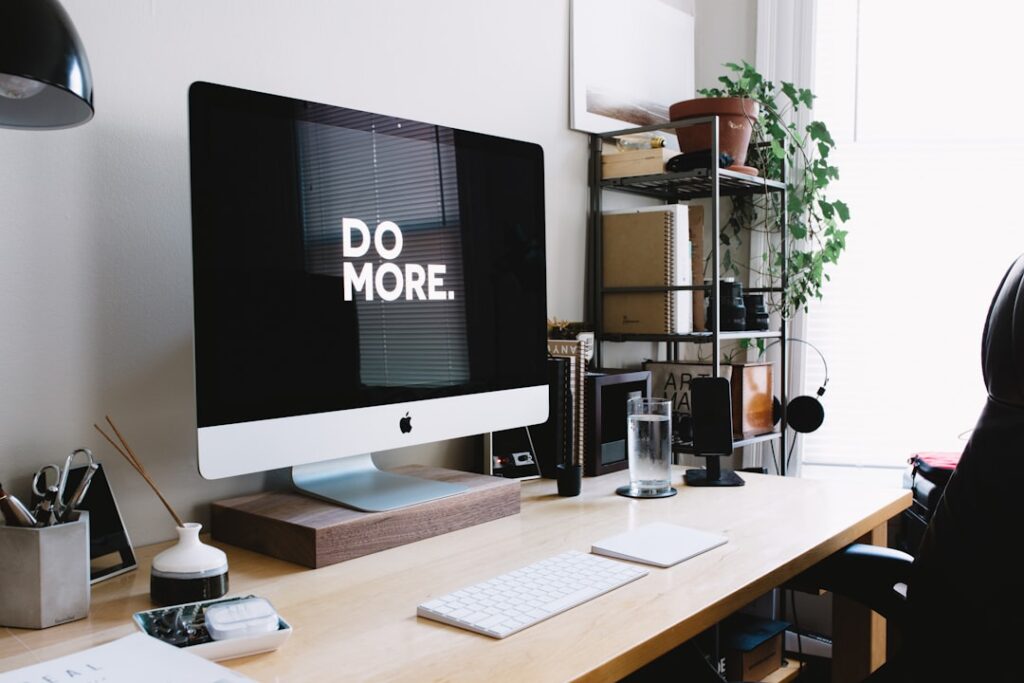Have you ever noticed how certain colors can affect your mood or energy levels? This isn’t just a coincidence, but a concept deeply rooted in the science of color psychology. By understanding the emotional and psychological effects of colors, you can implement them in your morning routine to enhance your daily productivity. Let’s delve into how color psychology can be a game-changer for your mornings.
The Science of Color Psychology
Color psychology is the study of hues as a determinant of human behavior. Colors can cause certain reactions in people, influencing decision-making processes and causing physiological reactions. For instance, blue is often associated with peace and tranquility, while red can evoke feelings of passion or urgency. Incorporating these colors into our morning routines can help set the tone for the day, promoting a sense of calm or stimulating productivity.
Optimizing Your Morning Routine with Color Psychology
Utilizing color psychology in your morning routine can help to set the mood for the rest of your day. Here are a few ways you can incorporate colors into your morning routine:
- Colorful Breakfast: Start your day with a vibrant breakfast. The colors of fruits and vegetables can stimulate your senses and boost your mood. For example, the color orange, found in oranges or carrots, is associated with energy and enthusiasm.
- Workout Gear: Choose your workout clothes based on color psychology. Red, for instance, can increase your energy level and get your heart pumping, making it a great choice for your morning workout.
- Morning Meditation: If you practice morning meditation or yoga, consider using a blue mat or incorporating other blue elements into your space. Blue has a calming effect, which can help to relax your mind and body.
Impact of Color Psychology on Daily Productivity
Implementing color psychology into your morning routine can have a positive impact on your daily productivity. By setting the right mood at the start of your day, you can help to foster focus, creativity, and energy that lasts throughout the day. A study found that warm colors like yellow and orange can stimulate brain activity, while cool colors like blue and green can lead to improved performance in creative tasks.
Tailoring Color Psychology to Your Personal Needs
Remember, color psychology is not a one-size-fits-all solution. Individual reactions to colors can vary based on personal experiences, cultural backgrounds, and even current mood. Therefore, it’s essential to experiment with different colors and observe your response to find what works best for you. This personalized approach to color psychology will ensure that your morning routine is tailored to meet your specific needs and set you up for a productive day.

